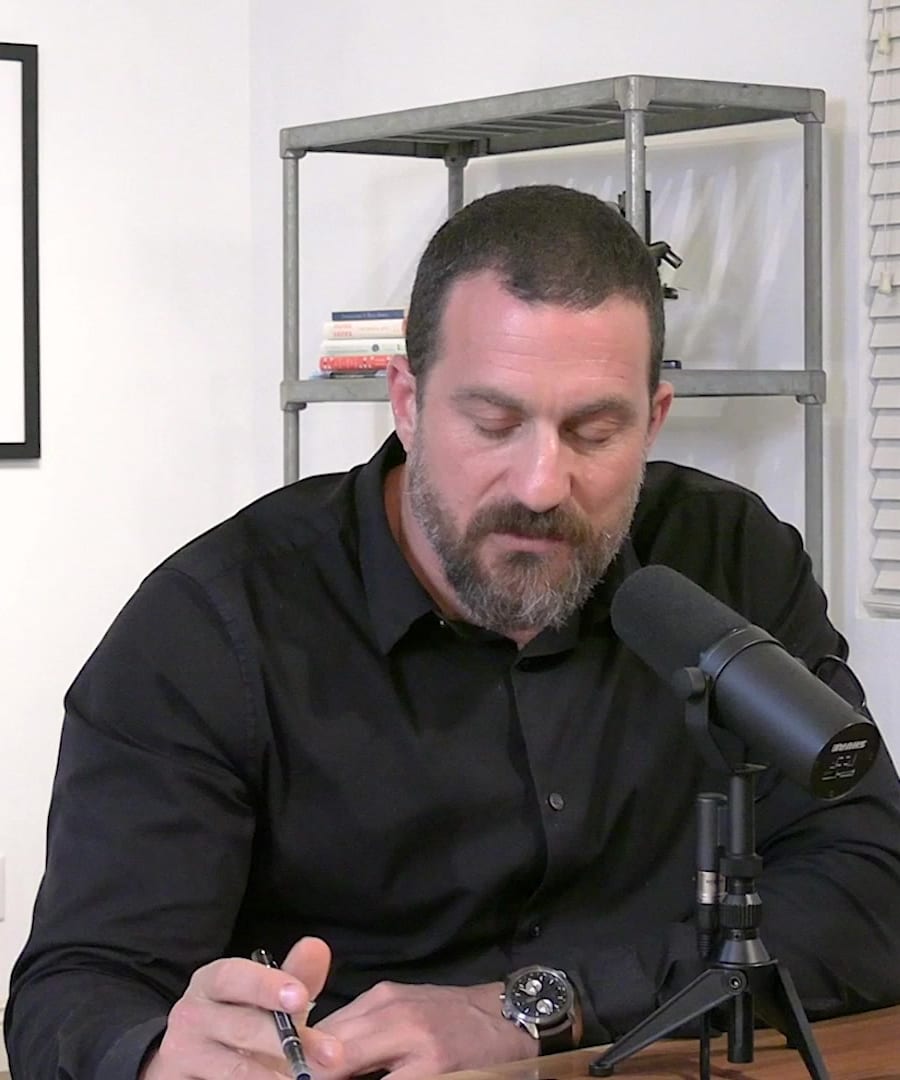How do reflexes work?
Sources:
Reflexes are automatic responses that are crucial for survival, allowing us to react to potential dangers without the need for conscious thought. Here's how reflexes work according to :
-
Combination of Signals: In the brain, particularly the midbrain, different signals are combined to prompt reflexive actions. This allows the body to respond swiftly to stimuli.
-
Hierarchy of Control: The nervous system is hierarchically organized. While the lower levels handle automatic responses (reflex arcs), the higher centers can override these when necessary. For example, if you're holding a very hot cup of tea, your reflex might be to drop it to prevent burning, but higher cognitive functions can intervene, allowing you to place the cup down gently instead.
-
Bidirectional Communication: Reflexes involve real-time communication between high-level decision-making areas and low-level reflexive centers. This ensures that actions are both quick and appropriate to the situation.
-
Reflexes in Action: In situations where there isn't enough time to think (like a ball coming towards your head), reflexes take precedence because they operate faster than the time it takes to make conscious decisions.
The system is designed to prioritize survival by reacting quickly to immediate threats while still allowing for more nuanced responses when possible 1 .
RELATED QUESTIONS-
